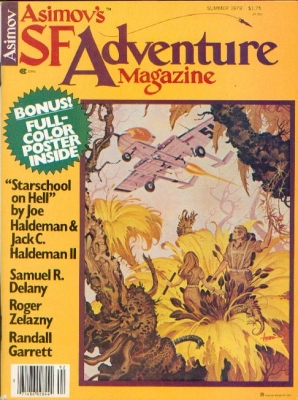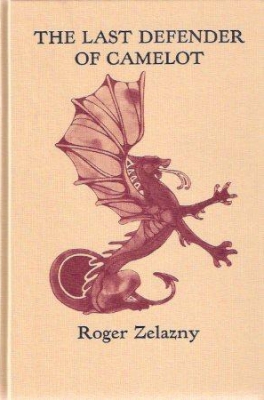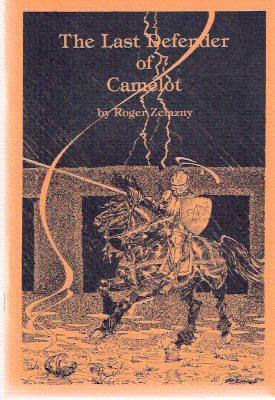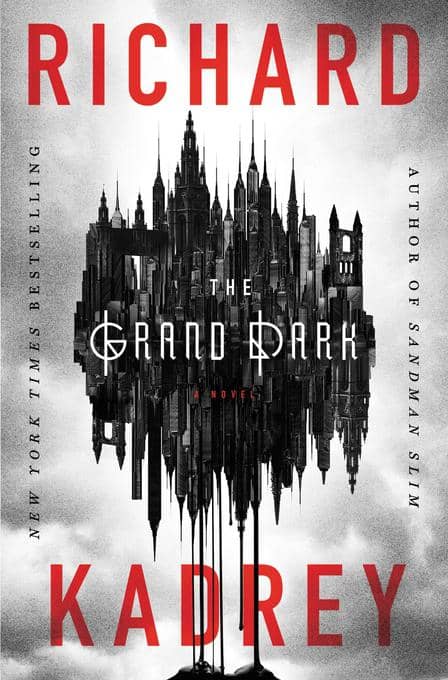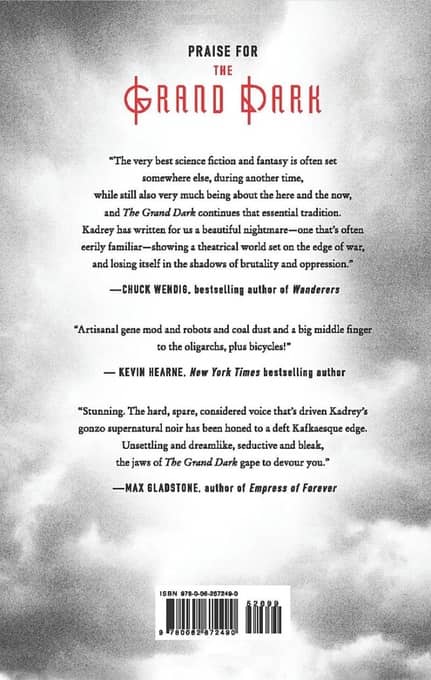The Golden Age of Science Fiction: Rendezvous with Rama by Arthur C. Clarke
The Seiun Awards are often described as the “Japanese Hugo Awards” since they are voted on by the membership of annual Japanese Science Fiction Convention. This description almost invariably is followed up by pointing out that Seiun is Japanese for Nebula. A Seiun Award for Best Foreign Novel and Best Foreign Short Fiction has been presented since 1970, although in 1980, the year being explored in this series, no Short Fiction Seiun was awarded. The first Seiun Award for Best Novel was presented to J.G. Ballard’s The Crystal World (originally published in 1966) and the first award for Short Fiction was presented to Thomas M. Disch for “The Squirrel Cage,” published in the same year. Because the awards are presented for works in translation, there is generally a lag of a few years from first publication. For many years, the Seiun Award foreign categories were presented at Worldcon as part of the Hugo Award ceremony.
Arthur C. Clarke’s Rendezvous with Rama was first published in 1973 and by the time it was translated into Japanese, it had won the Nebula Award, the Hugo Award, the Locus Award, and the BSFA Award. In a Locus Poll in 1975, it was ranked the 20th best novel in science fiction history.
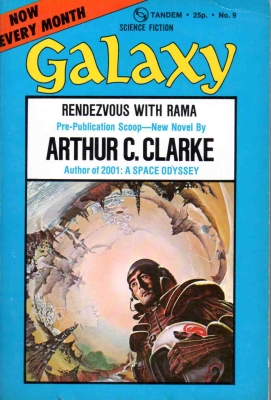
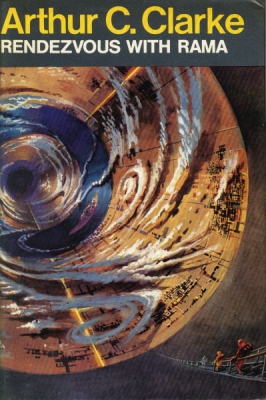
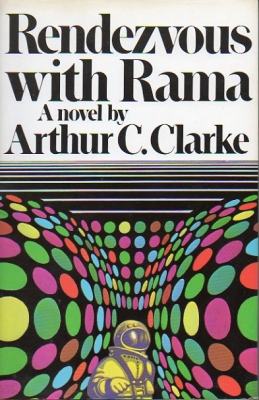
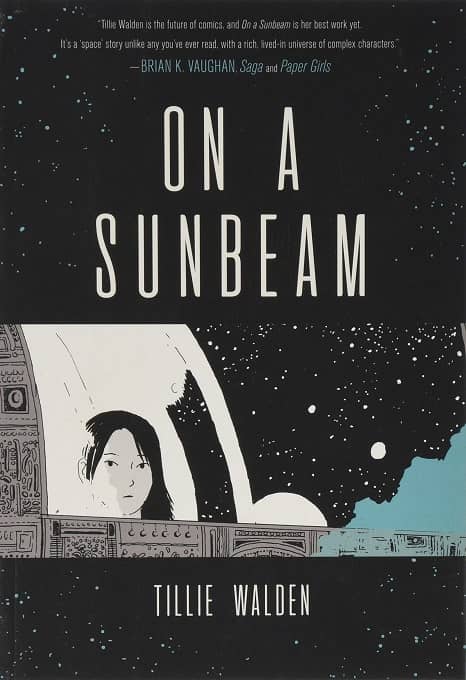
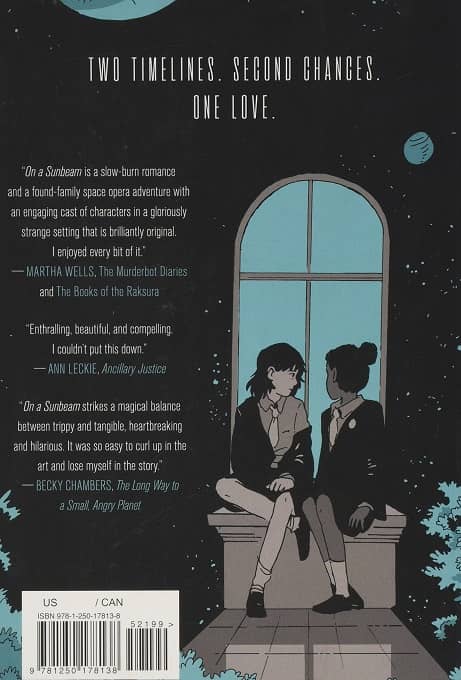
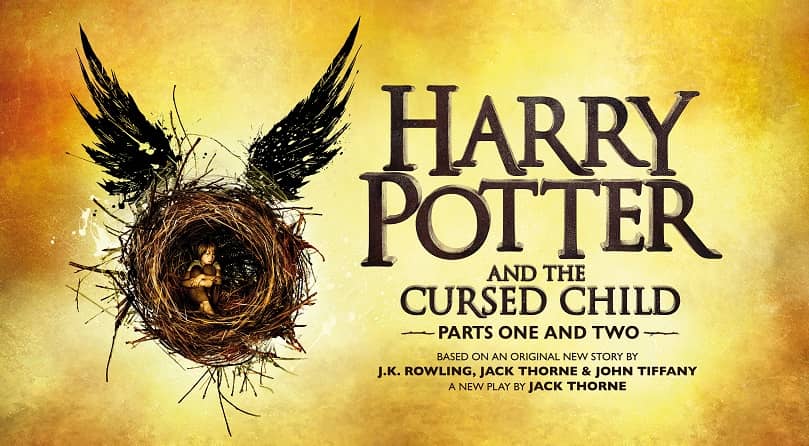
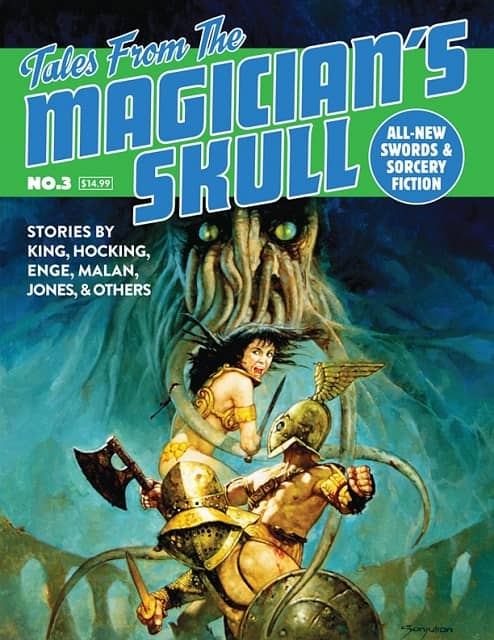
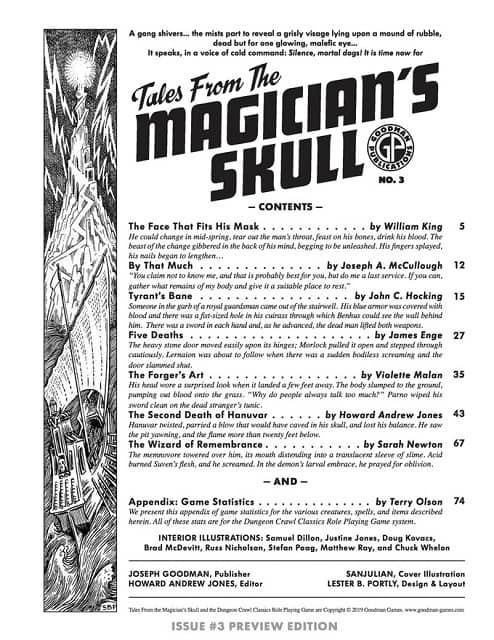
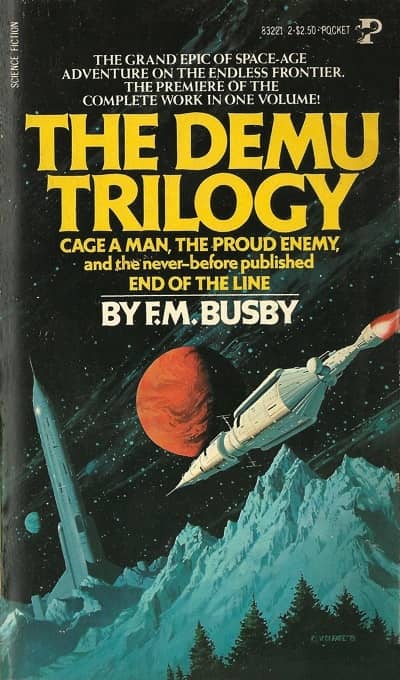
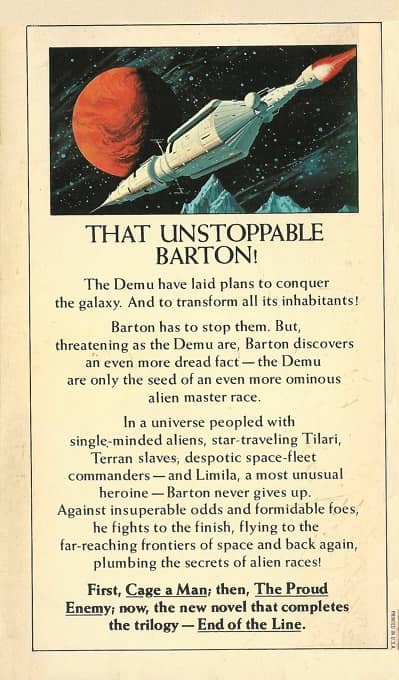
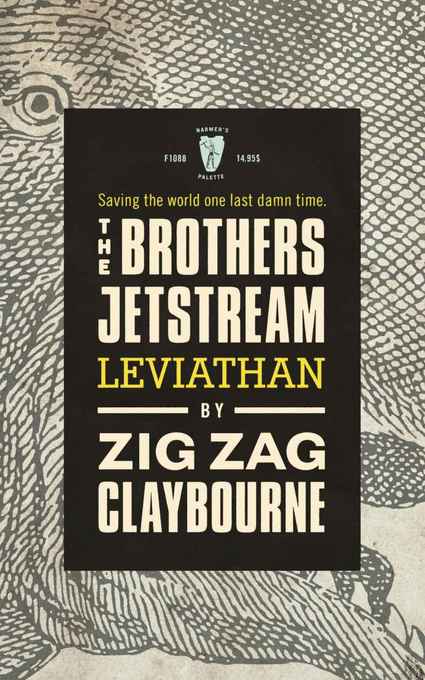
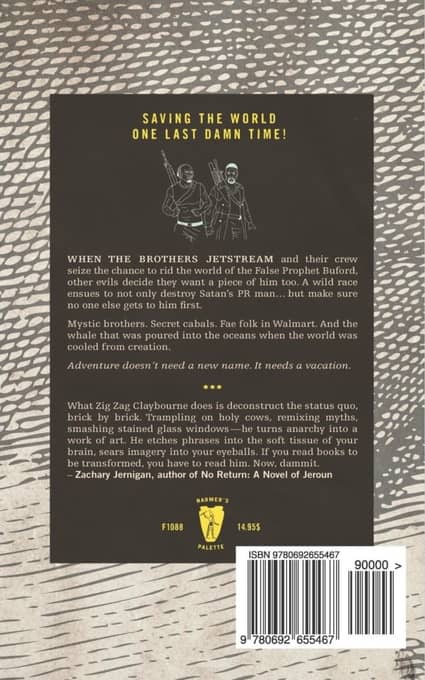
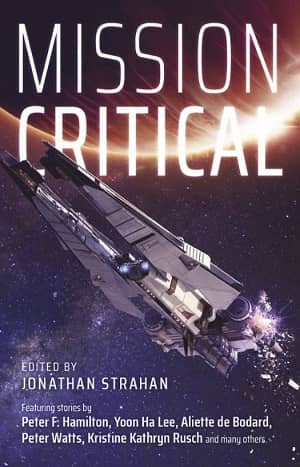
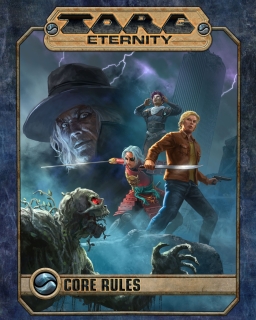 About a year ago I reviewed
About a year ago I reviewed 